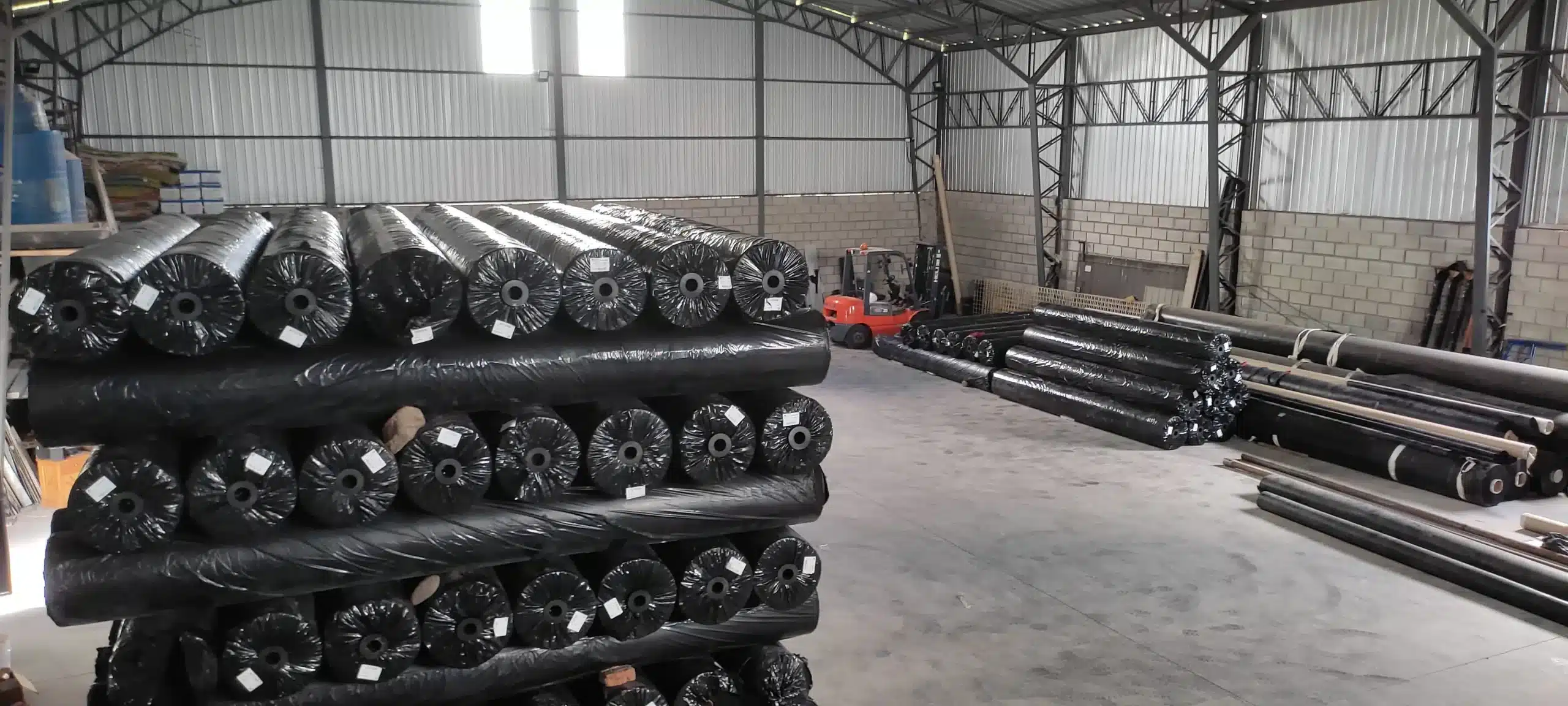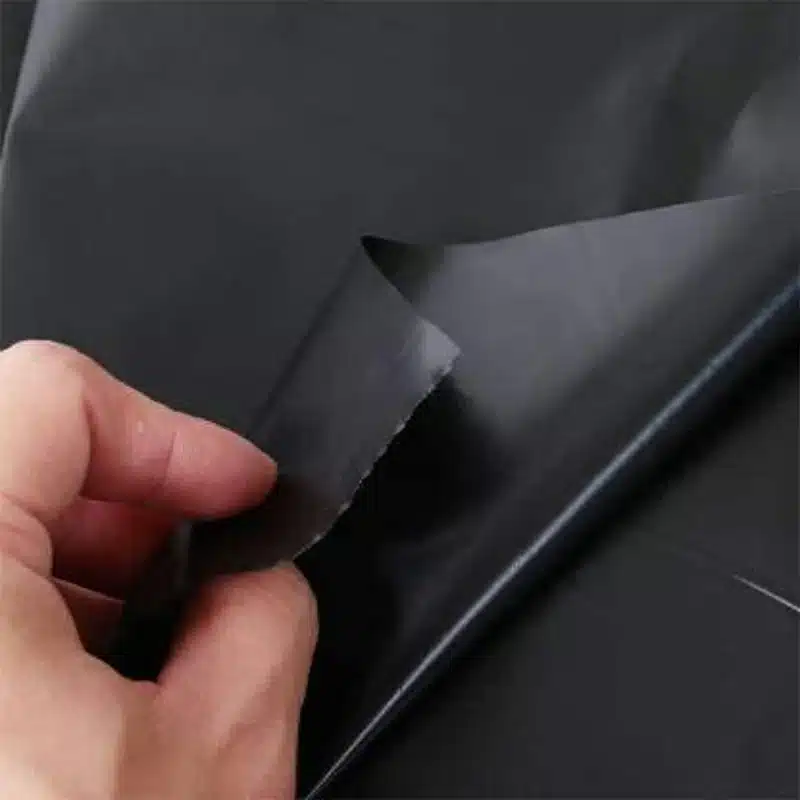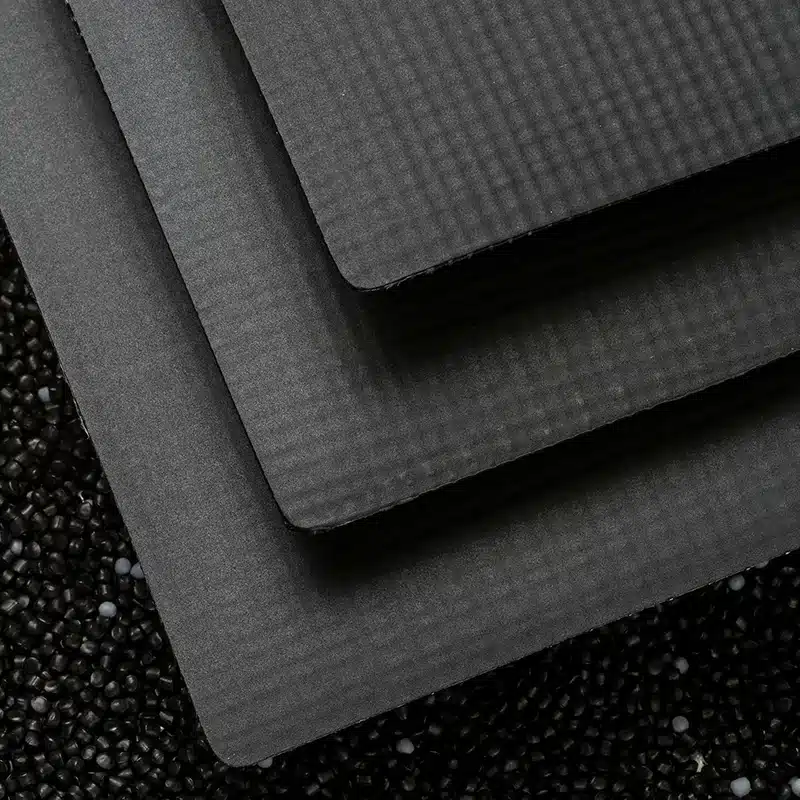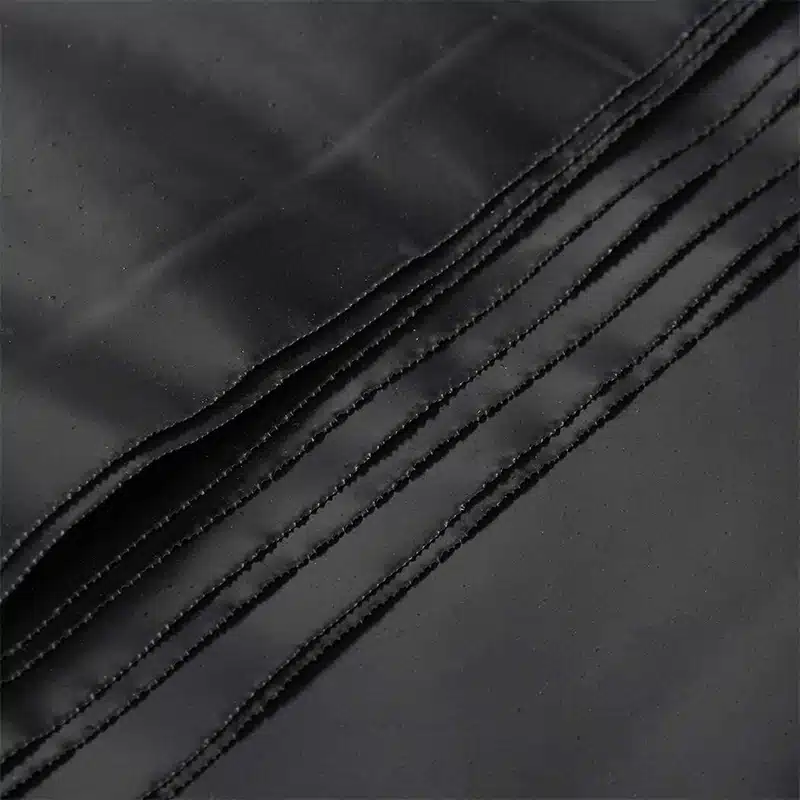+86-159 9860 6917
info@geofantex.com
geofantex@gmail.com
+86-400-8266163-44899
Geomembrane liners are essential components in various environmental, civil, and industrial engineering projects. These synthetic, waterproof barriers used to control fluid or gas migration in the environment are designed to prevent the movement of liquids or gases through their surfaces, offering critical solutions in areas such as landfills, reservoirs, and containment systems. In this article, we explore the definition of a geomembrane liner, the different types of geomembranes available, and how they differ from other geosynthetic materials like geotextiles.
What is a geomembrane liner?
A geomembrane liner is an impermeable synthetic membrane used to control the movement of fluids or gases in applications such as landfills, ponds, and wastewater treatment facilities. These synthetic membrane liners or barriers are used to control fluid migration in a manmade project, structure, or system, acting as barriers to prevent leakage or contamination of the surrounding soil and water systems. Made from materials such as high-density polyethylene (HDPE) or polyvinyl chloride (PVC), geomembrane liners are essential for creating environmentally safe containment systems.

What do you mean by geomembrane?
A geomembrane refers to a continuous sheet of synthetic material designed to act as a barrier, controlling the movement of liquids, gases, or contaminants. These plastic sheets used within soils as a waterproof barrier are essential in a wide range of applications, such as lining for landfills, canals, reservoirs, and mining operations, where preventing the escape of harmful substances is crucial. Geomembranes are known for their flexibility, durability, and ability to withstand harsh environmental conditions.
What are the three types of geomembranes?
The three primary types of geomembranes are:
- High-Density Polyethylene (HDPE): This type is known for its strength, chemical resistance, and long-term durability, making it ideal for landfill liners and mining operations.
- Low-Density Polyethylene (LDPE): LDPE is more flexible than HDPE and is often used in situations where greater adaptability to ground movements is required, such as in pond linings.
- Polyvinyl Chloride (PVC): PVC geomembranes offer high flexibility and are often used in applications requiring tight control over the shape and structure of the liner, like reservoirs and small containment areas.
In addition to these geomembrane types, Geosynthetic Clay Liners (GCLs) are also widely used. GCLs are made from a layer of bentonite clay sandwiched between geotextiles or geomembranes and provide an additional level of impermeability, making them ideal for use in landfill caps and other containment systems.
What is the difference between geotextile and geomembrane?
The primary difference between geotextile and geomembrane lies in their functions and material properties. **Geomembrane is a plastic film, and geotextile is a fiber cloth geotextile.** Geotextiles are permeable fabrics used for filtration, separation, and reinforcement in soil-related applications. They allow water or gas to pass through while preventing soil movement. In contrast, geomembranes are impermeable barriers used to prevent the passage of liquids or gases. While both are geosynthetic materials, geomembranes are primarily used for containment, while geotextiles are used for filtration and reinforcement.
Geomembrane liners play a vital role in environmental protection by providing a reliable barrier against liquid and gas leakage. From landfills to reservoirs, these impermeable membranes come in various types, each suited to different applications. Understanding the differences between geomembranes and geotextiles helps in choosing the right material for specific engineering and environmental challenges.



Get Free Sample
We’ll respond as soon as possible(within 12 hours)






















